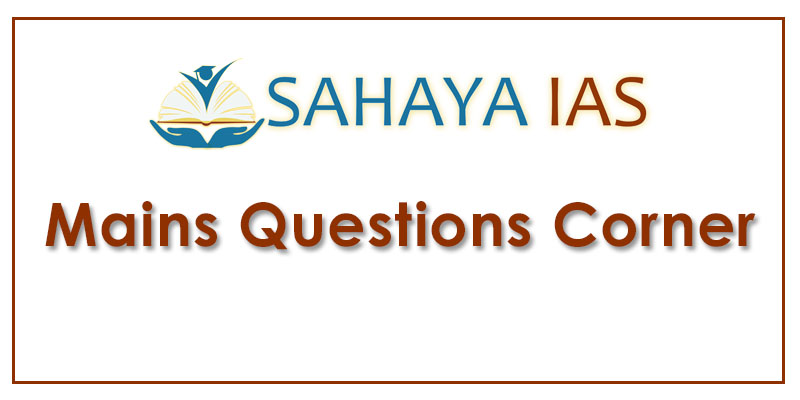NITI Aayog officials debunk media report of 6.1% joblessness
- The government’s think tank NITI Aayog debunked claims of a news report that unemployment in 2017-18 was at a 45-year high.
- The NITI Aayog said the report of the National Sample Survey Office (NSSO), cited as the source for the report, was in fact a draft and not approved by the government.
Mirrors 1972
- A report which cited the NSSO’s periodic labour force survey — that is yet to be released — said the unemployment rate was 6.1% in 2017-18.
- The only year of comparable data when the unemployment rate was higher was in 1972-73.
- It was at 2.2% in 2011-12.
- The data reportedly showed that joblessness was higher in urban India (7.8%) than in rural India (5.3%). Within this, it stood at 17.4% for rural males and 13.6% for rural females.
- In urban India, joblessness was at 18.7% among males and a huge 27.2% among females.
- Importantly, the data reportedly showed that the labour force participation rate (LFPR), the measure of people working or looking for jobs, declined from 39.5% in 2011-12 to 36.9% in 2017-18.
Add Info:
Labor Force Participation Rate(LFPR)
- The labor force participation rate (LFPR) is the proportion of people eligible to participate in the labor force who are actually participating in it by working or looking for work.
- It is usually expressed as a percent of the total labor force-eligible population in an economy.
- The Labour Force Participation Rate (LFPR), obtained by dividing the number of persons in the labour force by total population, is an important parameter in employment projections and formulation of employment strategies.
- NSSO defines Labour force participation rate (LFPR) as the number of persons/person days in labour force per thousand persons/person days.
- LFPR = No. of persons/person days employed + No. of persons/person days unemployed x 1000




Comments (0)